Park Ecology

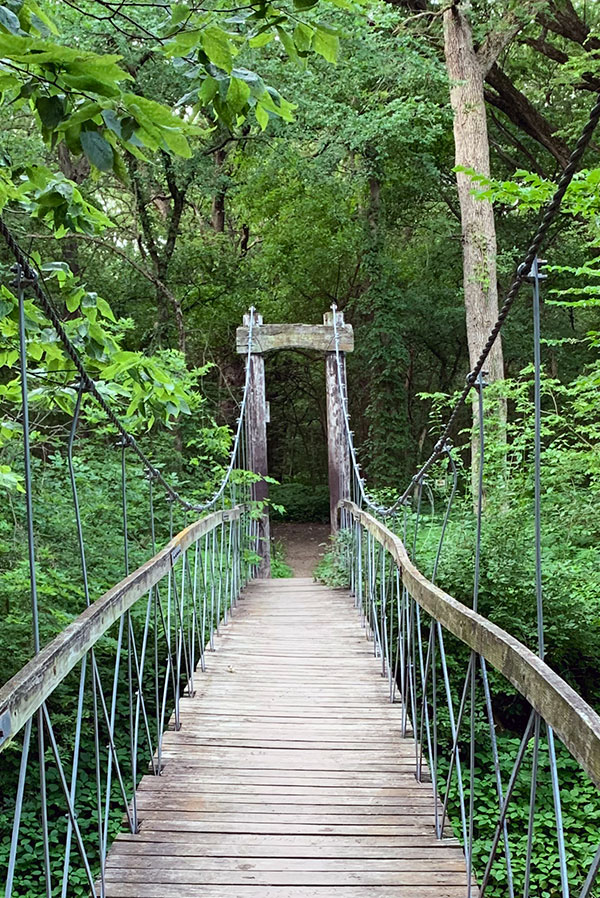
Wilderness Park instantly connects to the hearts of those who traverse its trails and bridges. It invites them to escape, to connect, to explore, and to belong; it’s truly something for everyone.
Every visit and every season offers something new and still maintains a comforting sameness – like an old friend. The long, rich history of this place adds to its grandeur; so obviously touched by the pure spirit of the Midwest. For many, it’s the peace and contentment, and for others perhaps it’s an opportunity to escape – if only for an afternoon. It’s whatever you need it to be.
Lincoln Parks Foundation and Lincoln Parks and Recreation Department are seeking $2.1 million to enhance the public’s accessibility, usage, enjoyment, and appreciation of Wilderness Park, now and in the future.
Flora
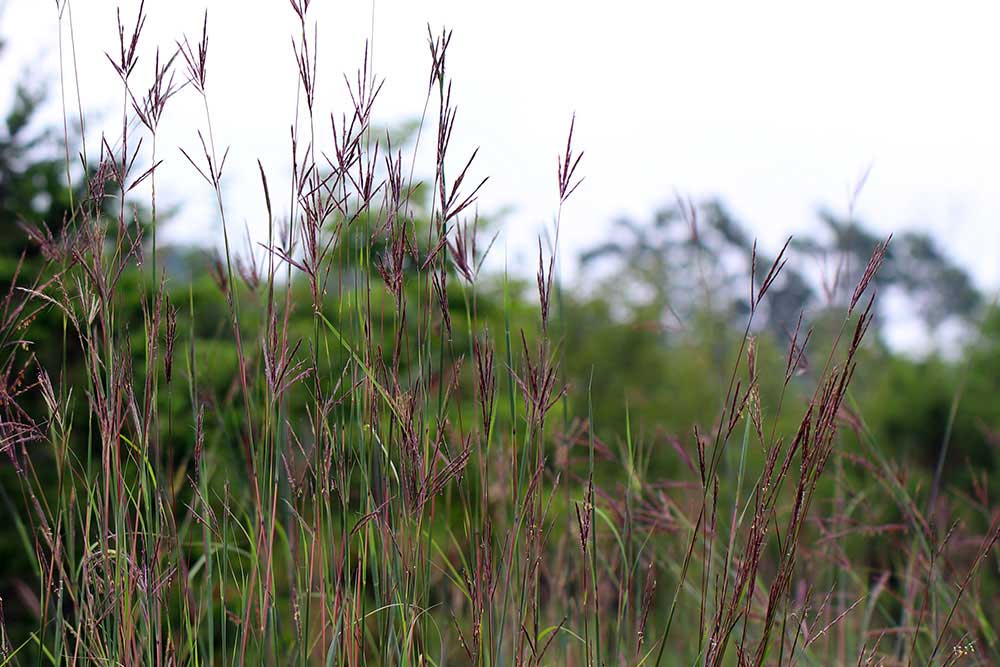
Big Bluestem
Big Bluestem is the dominant plant in endangered tallgrass prairies, providing habitat for butterflies, songbirds, and small mammals. Its deep root system helps stabilize soils and prevent erosion. Native Americans used Big Bluestem medicinally to treat stomach issues, in building shelters, and in cooking.
Bur Oak
Bur Oaks are a keystone species of the native ecosystem. The foliage hosts hundreds of species of caterpillar, the acorns feed birds and small mammals, large animals forage on the foliage, and its canopy hosts nests of hawks and owls. Native Americans used Bur Oak to treat wounds, sores, and bites. They are majestic heritage trees that can live to be hundreds of years old.
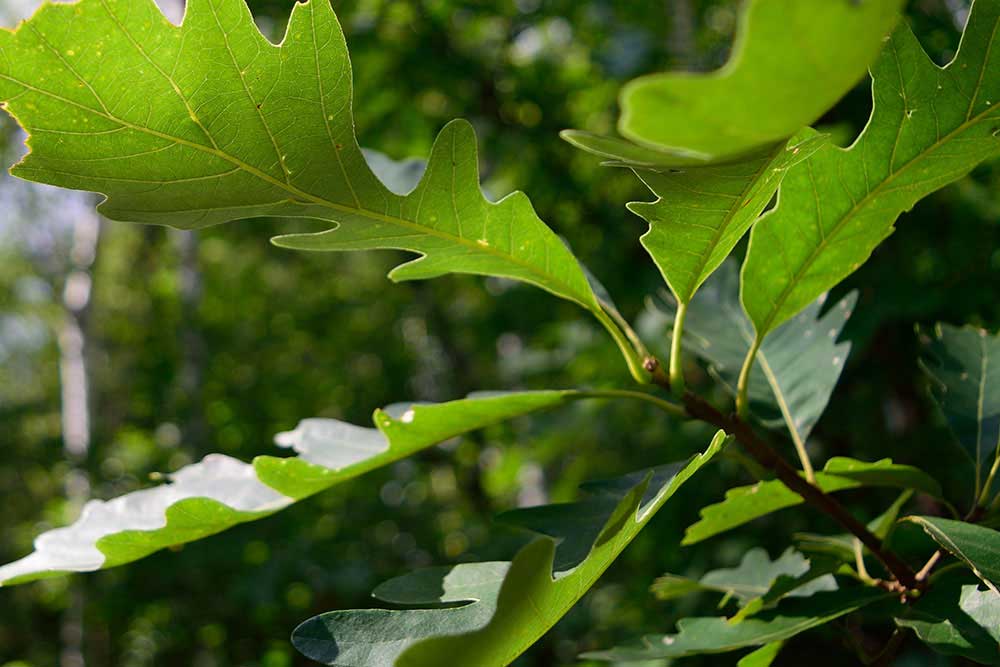
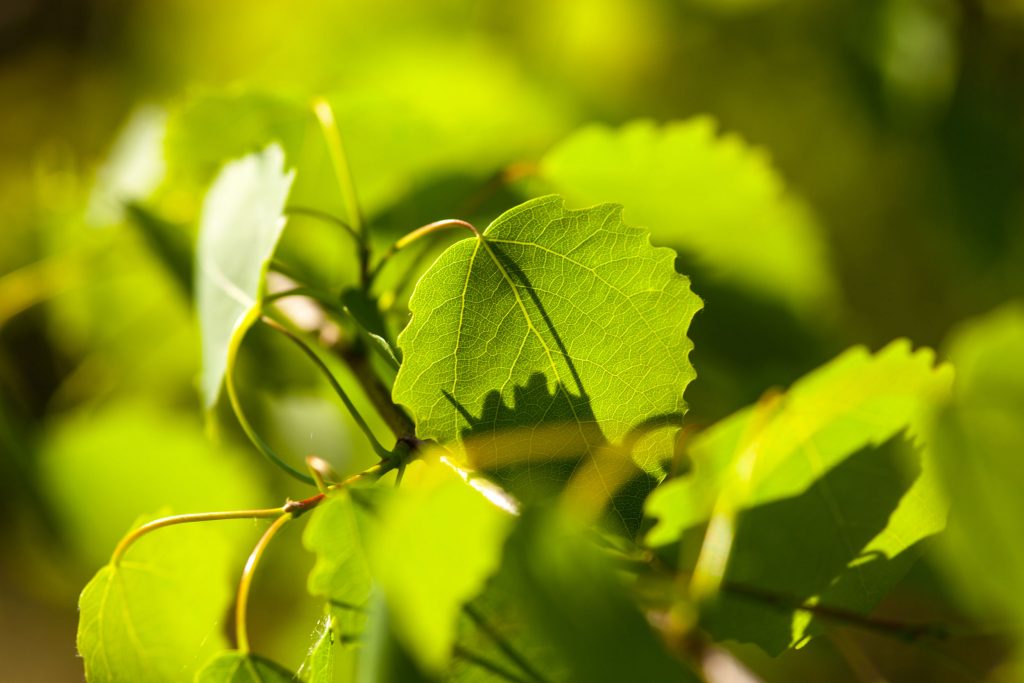
Cottonwood
Cottonwoods are a stabilizer species, creating conditions in forests and waterways that allow other species to thrive. Their tall branches hold the nests of bald eagles and other birds. Bees rely on cottonwood resin to help fight disease in their hives. The bark holds compounds that were used to reduce fevers and inflammation before aspirin was widely available.
Elderberry
Elder shrubs have huge white flower clusters that provide pollen for bees and other insects, followed by sweet, edible berries that support the habitats of a wide range of songbirds and game birds. The berries are packed with antioxidants and can be used medicinally to break fevers or prevent colds. The stems were used by Native Americans to make arrow shafts, flutes, and whistles.
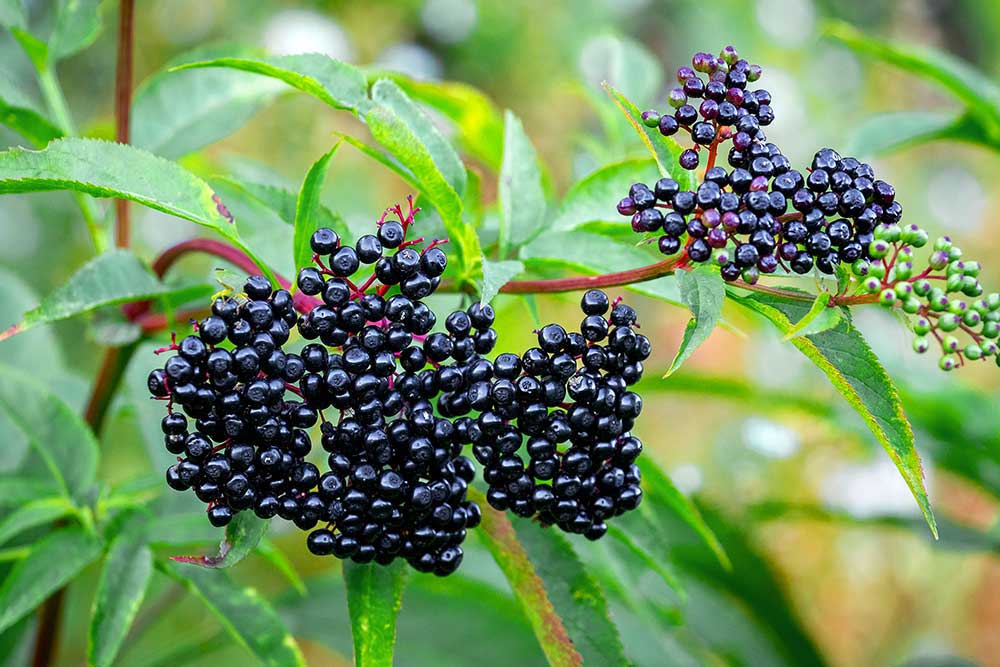
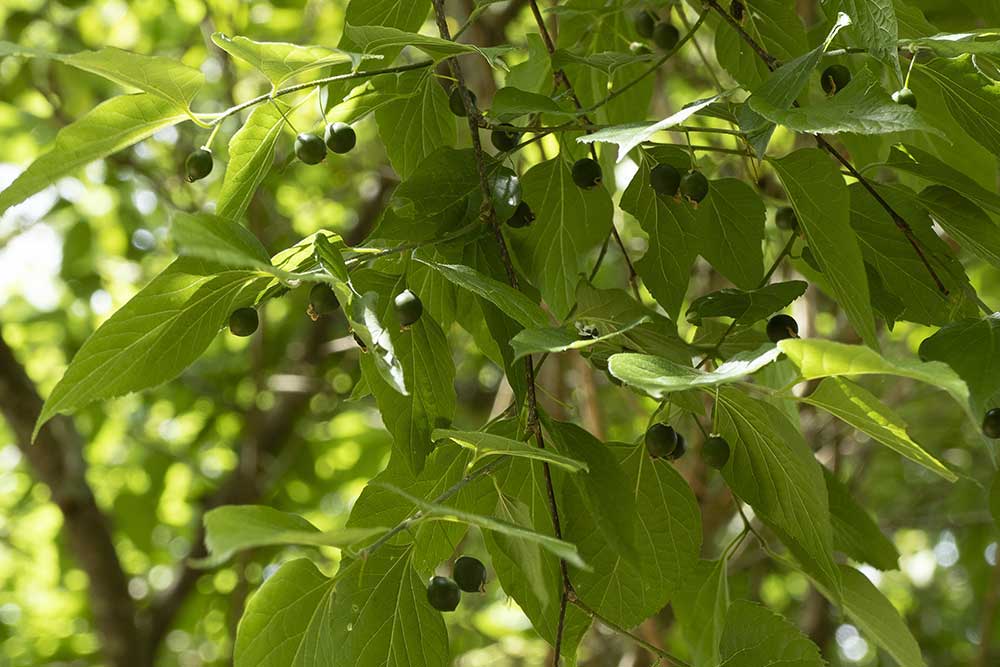
Hackberry
Hackberries are tough trees that can withstand drought, flooding, and pollution. They help repairdisturbed areas by sending their roots deep into the earth and preventing erosion so other plants can take hold of the soil. Their flowers help support pollinator populations, followed by berries that persist long after frost, feeding a variety of bird species well into the winter. Native Americans used hackberry medicinally, to flavor food, and to fuel ceremonial fires.

We want to make sure that people have a comfortable and safe experience in in the park. Part of that means having understandable signage, having bridges that are safe, having kiosks in the parking lot that have all the information you need to have a good experience in the park.
Fauna
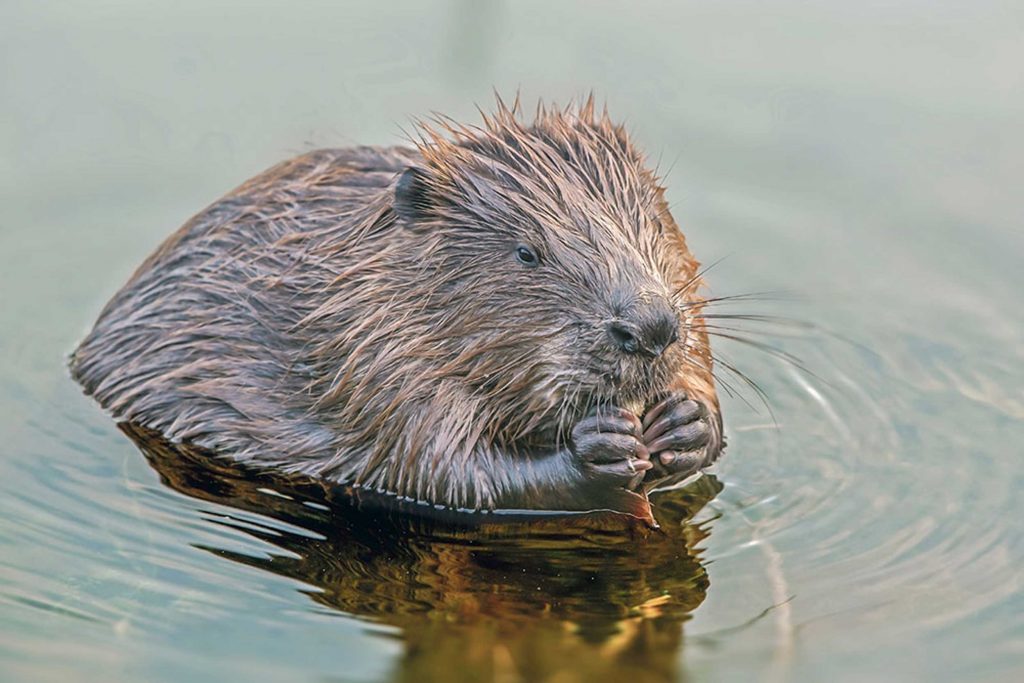
Beaver
Beavers play an especially important role in their habitats, building their dams in a way that has an impact on the entire ecology of the water ways. Their dams can change the level of soil moisture, influencing the species of plants that grow in the area and increasing biodiversity. They work sustainably, instinctively foraging in one location for a few years, then allowing it to regenerate.
Red-Tailed Hawk
Red-tailed hawks have recognizable brick-red tails and prefer forests near open country where they can hunt. They help control the population of small mammals, and other birds find shelter in the nests they leave behind. Their feathers are considered to be sacred by some Native American tribes.
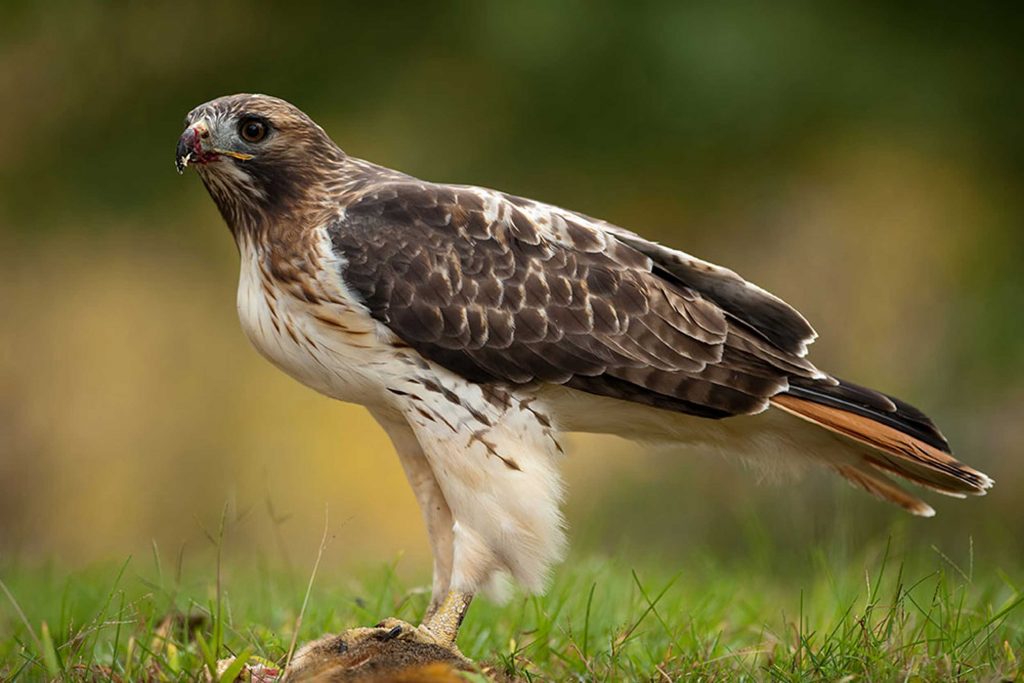
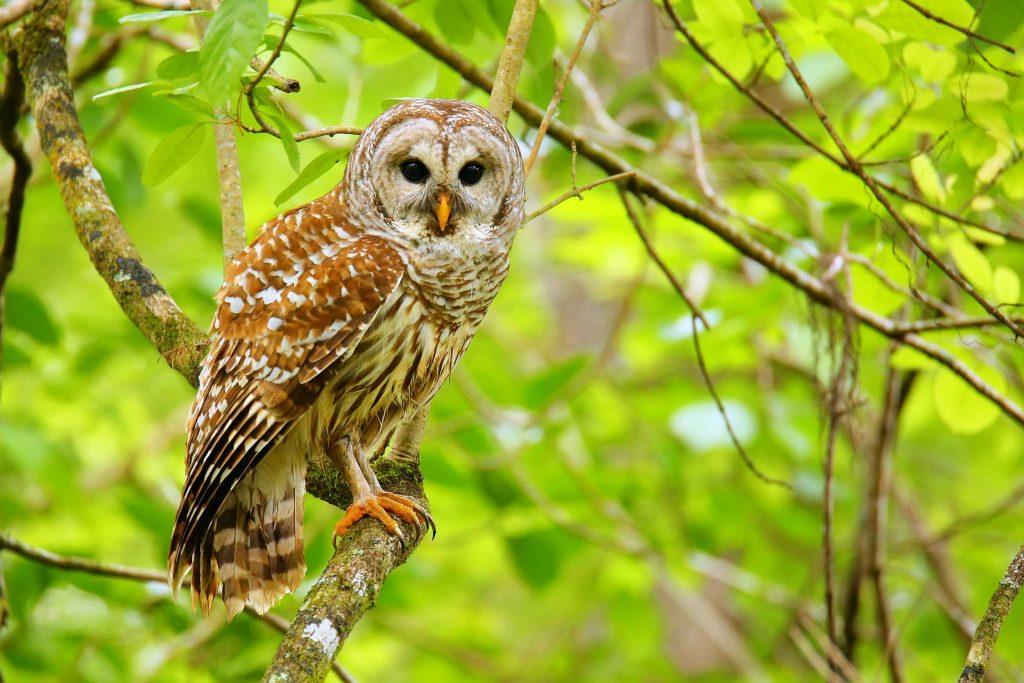
Barred Owl
These large owls mate for life and prefer mature forests where they can nest in the hollows of old trees. Listen for their call of “who cooks for you,” mimicked by Harriet Tubman as a signal on the underground railroad.
Red Fox
Red foxes are adaptable and cunning, making themselves at home in both forests and urban areas. They are the largest species of fox in the world and have supersonic hearing to help them track their small prey. They help control populations of small mammals in the ecosystem.
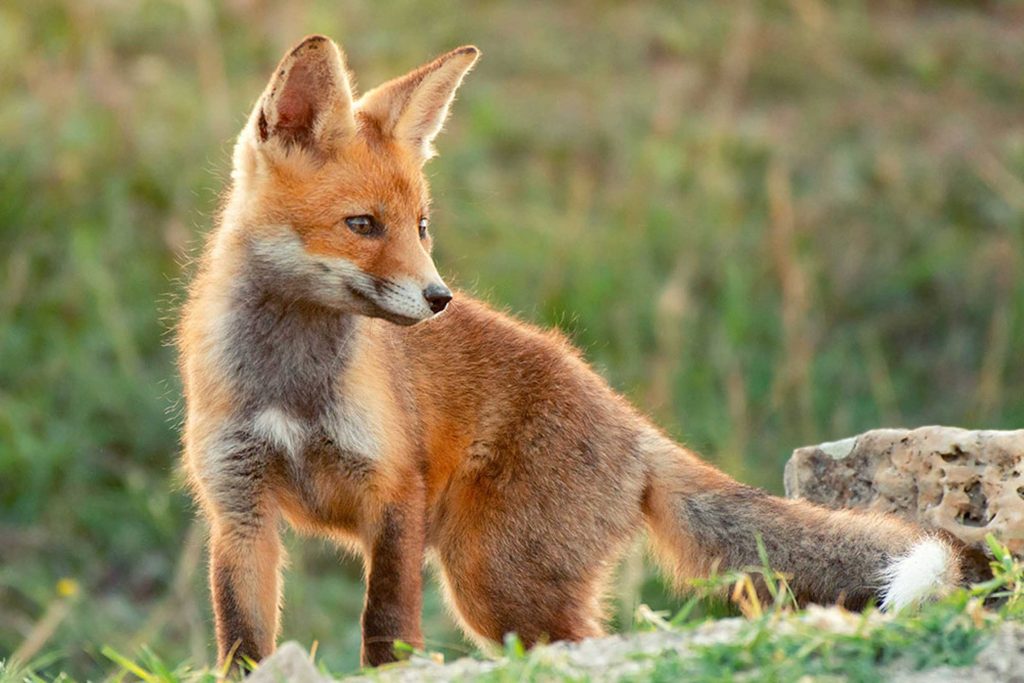
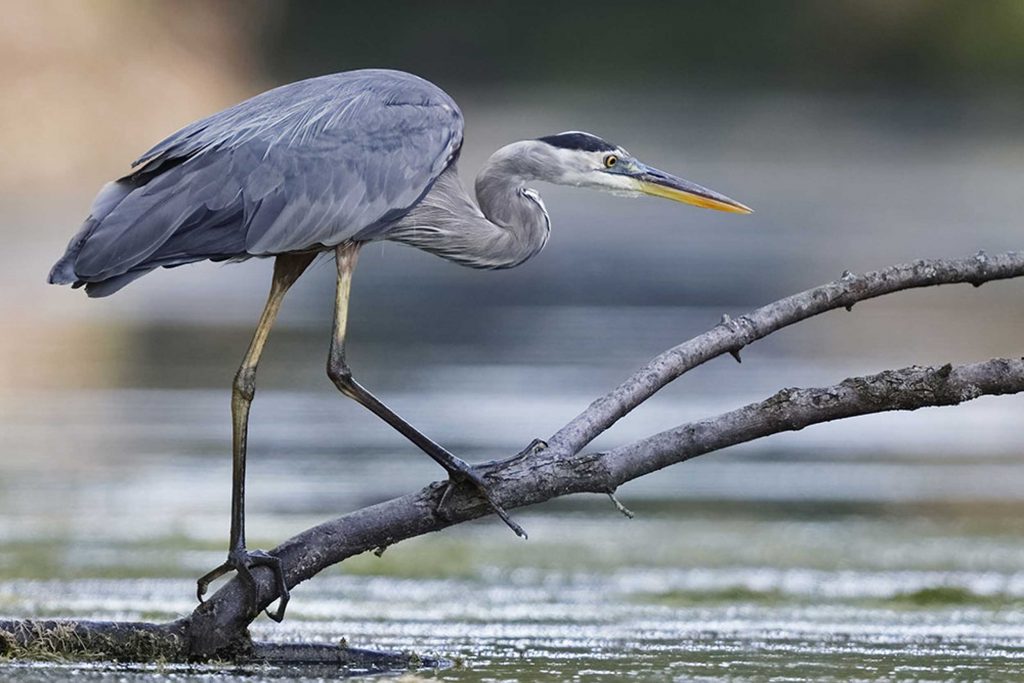
Great Blue Heron
Great blue herons can be found in wetland habitats, where they are at the top of the aquatic food chain. They wade through shallow water on long legs to hunt their prey, striking quickly with their beaks. A group of great blue herons returns to the park each spring to nest and raise their young in the treetops.
News and events
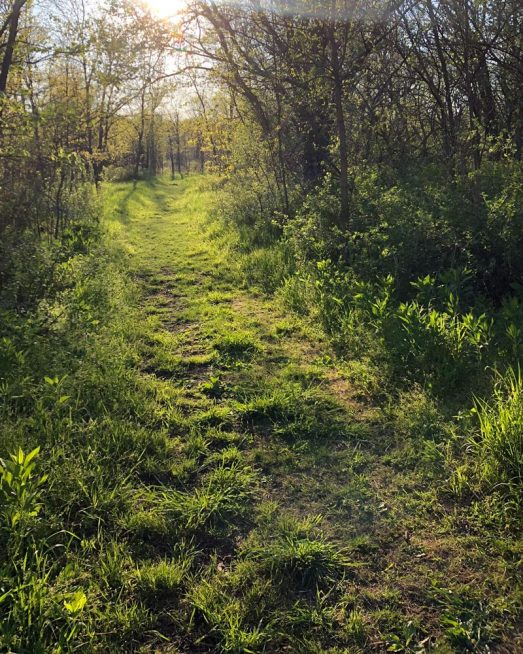
- Editorial
- July 20, 2021
Lincoln Parks Foundation, Friends of Wilderness Park, and City of Lincoln campaign to keep Wilderness wild
Imagine strolling on what may have been trails forged by Native Americans, experiencing the golden light from a Nebraska sunrise through the treetops of massive bur oaks and cottonwoods bordering the rushing waters of Salt Creek.
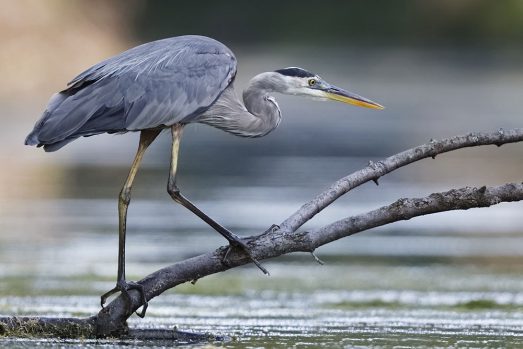
- Editorial
- June 28, 2021
Salt Creek Flooding & Wilderness Park
Flooding along Salt Creek has and will continue to be an issue of concern for the City of Lincoln, especially in light of impacts from our changing climate and development in south Lincoln.
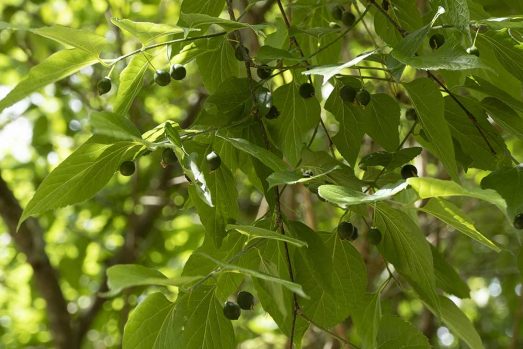
- Future
- June 28, 2021
A Plan for the Park: A Pandemic, Signage and the Future
The Wilderness Park experience has perhaps never been as important and welcomed as during this current pandemic.